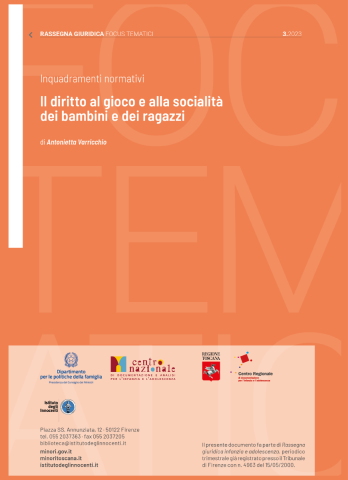
The rights to play and social interaction of children and young people: a legal framework
Play and social interaction are also essential human rights, long recognised for every single child, boy and girl. At an international level, the first document to recognise this right was the Universal Declaration of the Rights of the Child, but since it did not have the strength of a convention, it did not compel the states to commit themselves to actions except from a moral point of view. Obligations for state parties to standardise the law and give children and adolescents the right to engage in recreational play came with the Convention on the Rights of the Child of 1989.
To date, the Council of Europe's Strategy for the Rights of the Child (2022–2027) emphasises that the Council of Europe has identified six key priority areas to ensure the rights and best interests of all children and adolescents, as well as three transversal issues to be integrated into the priority areas to ensure that they have equal access to and benefit from their rights.
The main national and European legislation on the The rights to play and social interaction of children and young people is attached.
| Attachment | Size |
|---|---|
| 388.79 KB |

